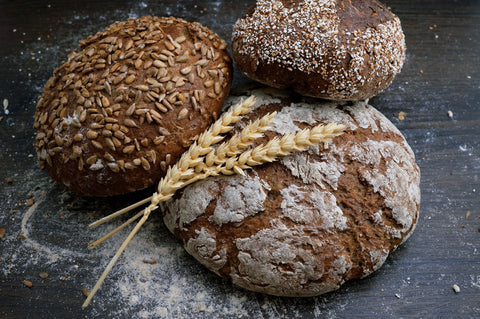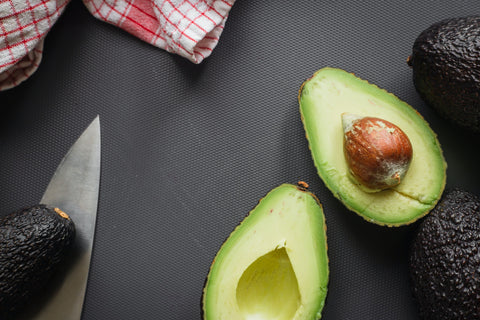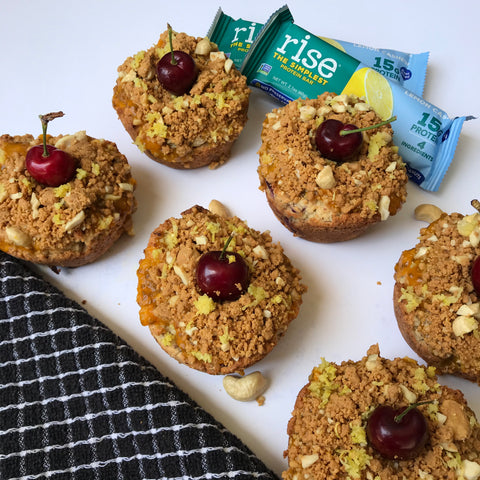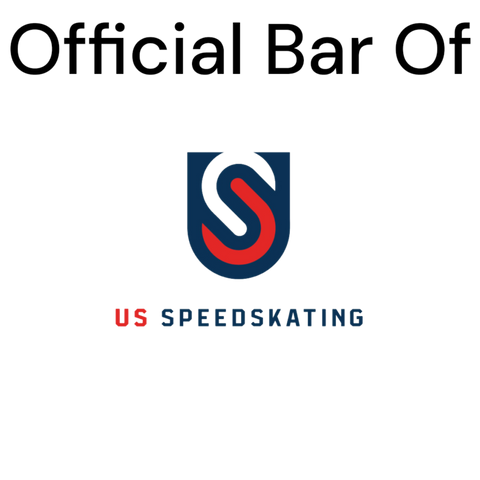Having food allergies and sensitivities can make eating difficult at times, but knowing how to properly manage your nutrition can go a long way!
Today, we are going to discuss some tips particularly for living with a gluten allergy. Here at Rise Bar, we support all gluten-free lifestyles; all of our Rise Bars are certified gluten free products with just 3-5 simple ingredients in each bar, and made in a facility without cross-contamination.
With any food allergy, your immune system will overreact to a particular food causing symptoms that can be serious if not properly managed.

Regarding gluten, celiac disease is the actual systemic autoimmune disease that is triggered when gluten is ingested. This, however develops in individuals who are genetically susceptible and exposed to different environmental factors. These individuals must, to reduce serious complications, follow a strict gluten free diet for the duration of their lives.
On the other hand, individuals with a gluten-allergy, do not have an actual autoimmune disease, but instead have a hypersensitivity to gluten which are proteins found in wheat, barley, and rye.

10 Foods to Safely Incorporate into your Diet with a Gluten Allergy
- Legumes (dry beans, peas, lentils)
- Nuts
- Corn
- Potatoes
- Quinoa
- Brown Rice
- Seeds
- Amaranth
- Soy flour
- Millet
Many of these foods are used in gluten-free products so you will often find them on the ingredient lists.

3 Tips to Managing a Gluten Allergy
1. Always check the ingredient label!
One of the most important things to do when you have a gluten allergy is to carefully read food labels and ingredient lists to see if the foods contain wheat, barley, or rye.
Keep in mind that gluten is found in places that might surprise you like vitamin and mineral supplements and certain condiments.
Avoid foods containing any of the following ingredients:
- Wheat
- Barley
- Rye
- Malt
- Oats (unless they are gluten-free)
2. Make sure to have an overall healthy, balanced diet!
While you will have to avoid gluten, you can still safely engage in healthy eating and have a balanced diet without it.
It is important to choose whole-grains and make half your grains whole whenever possible. When you are at the store, look for gluten free products, containing whole-grain corn, rice, or millet and choose enriched products to provide more nutrition when possible.
Eat more fruits and vegetables and vary your protein sources. Including lean cuts of fresh meat, legumes (beans, peas, lentils), nuts, and fish are great sources of B-vitamins which are important for your body’s energy levels, brain function, and overall metabolism. This will provide you with adequate fiber and iron that are often high in gluten containing products.

3. Keep Gluten-free snacks on hand!
- Rise Bars
- Berry smoothie with ½ cup blueberries, 1 banana, 1 cup Greek yogurt, and 1 cup soy milk fortified with calcium and vitamin B12
- Apple slices with peanut butter or almond butter and 1 tbsp. of chia seeds
- Brown rice cake with mashed chickpeas with tahini, lemon juice, paprika, and sliced cucumbers
- Energy balls made with certified gluten-free rolled oats
Living a gluten-free life shouldn’t stop you from taking on any adventure you want to pursue! Make sure to be smart with your food choices so you can live a symptom free life where food will continue to be fuel you!
References:
1) Peña, A. S., & Rodrigo, L. (2014). Celiac Disease and Non-Celiac Gluten Sensitivity, 25–44. https://doi.org/10.3926/oms.236
2) Eat Right- Nutrition Care Manual, Gluten-free Nutrition Therapy
Author: Karli McCarthy
Cal Poly, SLO Nutrition Student
@kale_n_it_karli




